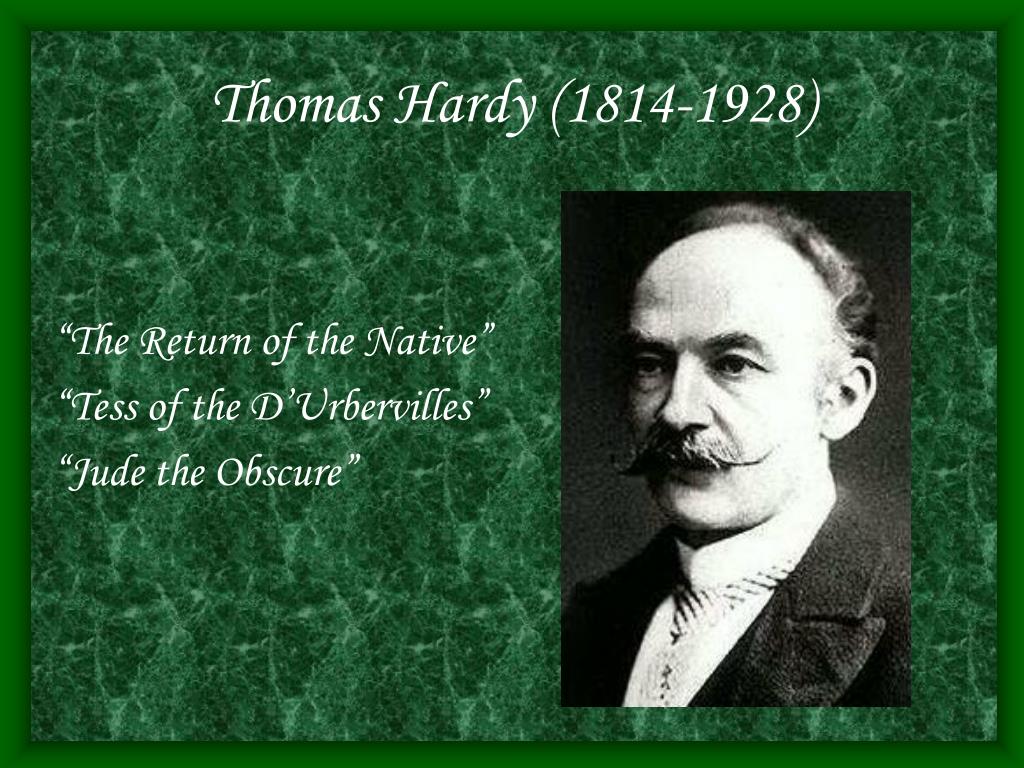

In Douglas Kahn's account of the move towards sonic transcription-and this is also implicit in the work of Richard Leppert, Friedrich Kittler, and other recent media theorists-devices like the gramophone and Edouard Léon Scott's earlier phonautograph (1857) means that the musical model for sonic reception which runs from Aristotle to Helmholtz must be rejected in order to open up the regime of sonic modernity, characterized by what Kahn calls "all sound" including noise:īeginning in the late eighteenth and pervading the nineteenth century, three new inscriptive practices as applied to sound-graphic techniques in general, visible sound techniques, and automatic recording instruments as represented by the phonautograph and phonography-contributed to a loosening up of the reliance of acoustics on music.

This is not, according to one way of thinking, an inevitable connection, for in the phonograph and its successor devices the modern world has a way of recording not just the discrete tones of music but all sounds, the messy glissandi and dissonances of the natural world. The problem addressed in this essay is that of the poetic impact of recorded sound and more specifically the connection between recorded sound, music, and poetry.


 0 kommentar(er)
0 kommentar(er)
